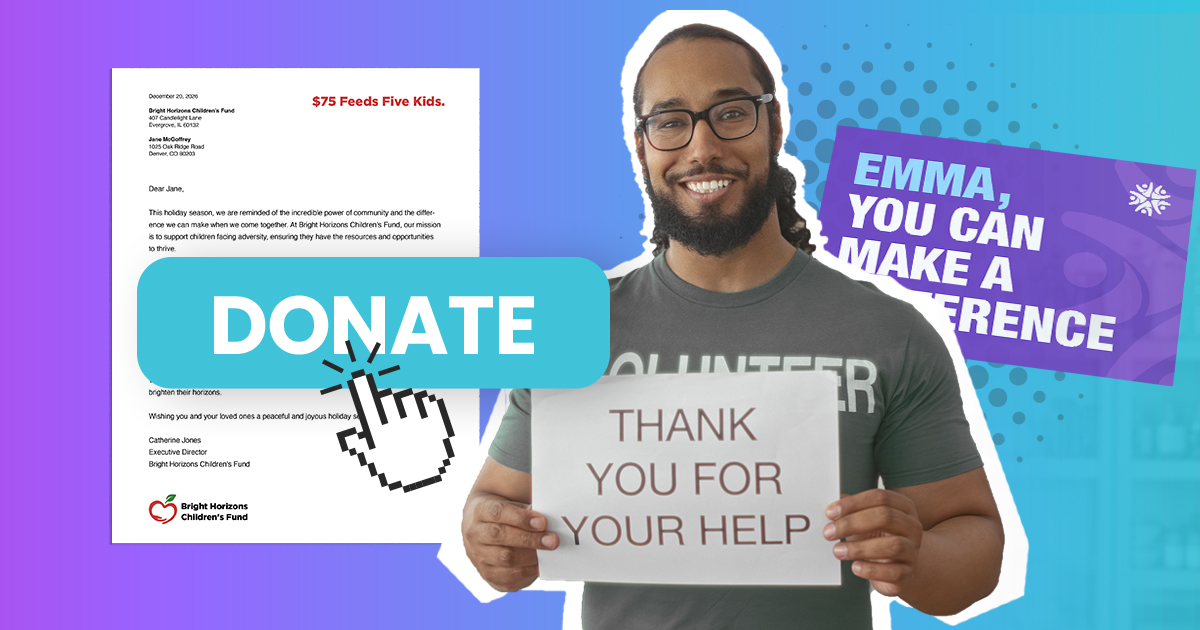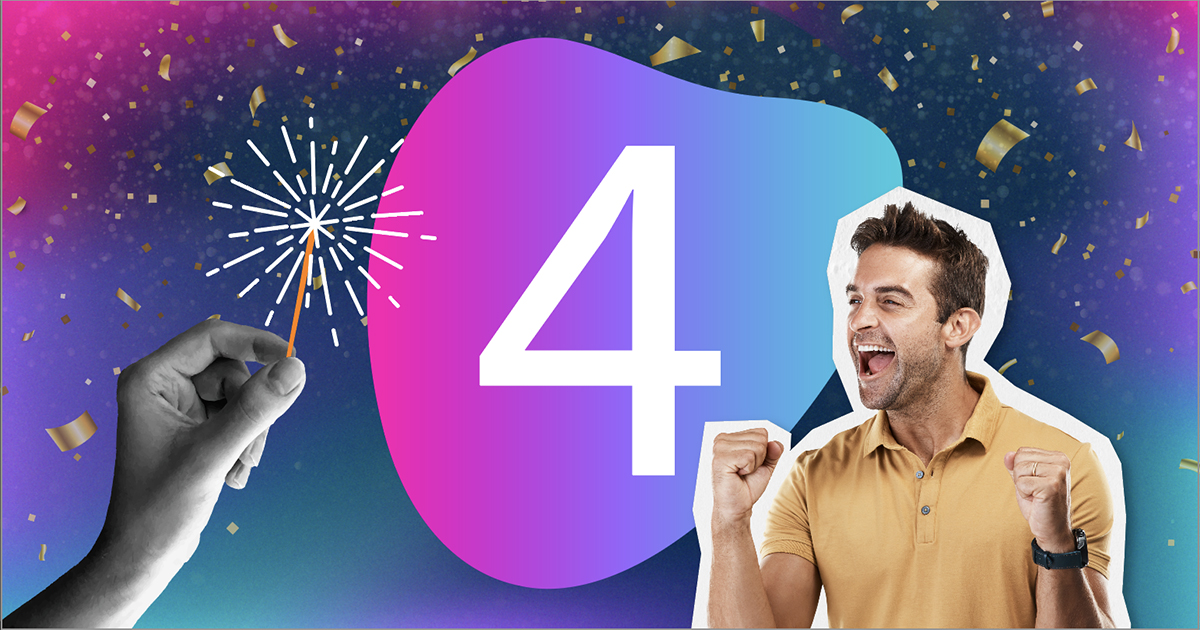
Failing to Acknowledge Digital Fatigue Will Be a Fatal Marketing Flaw in 2023

As marketers plan their customer-engagement strategies for 2023 and beyond, failing to consider current levels of widespread consumer burnout will be a costly mistake. During the early days of the pandemic, many companies over-rotated to digital-only engagement tactics to connect with their work-from-home audiences. As consumers spent longer hours staring at a screen for both work and pleasure, they were increasingly inundated with heightened levels of digital marketing, and many began to experience “digital fatigue,” causing engagement levels to plummet dramatically.
With this kind of digital noise reaching historic decibels and becoming the norm, highly personalized direct mail strategies will be critical for driving customer engagement in the year ahead.
This precipitous attention deficit among consumers, exacerbated by the overuse of digital marketing channels, is alarmingly widespread. According to the recent Hybrid Experiences Bring Direct Mail Into The Digital Age study by PFL and Forrester Consulting, while 80 percent of marketers increased their utilization of digital touchpoints during the pandemic, 76 percent agreed that digital engagement is waning. Simply put, marketers no longer have a reach problem, they have an engagement problem.
As audiences continue to tune out digital advertising, direct mail strategies—coupled with the measurability and orchestration of digital marketing tactics—can provide a promising path forward.
As audiences continue to tune out digital advertising, direct mail strategies—coupled with the measurability and orchestration of digital marketing tactics—can provide a promising path forward. The Forrester study found that 78 percent of respondents believe analog touchpoints have seen a performance boost in the past year; 81 percent of respondents admitted they themselves are very likely to open a package they receive for work.
Meaningful Digital Touchpoints
Savvy marketers are incorporating digitally informed direct mail into their marketing practices to create personalized and meaningful physical touchpoints that earn their audiences’ attention. With its ability to combat rising levels of digital fatigue, investment in direct mail is expected to increase by 27 percent in 2023.
This year, personalization will be more vital to B2B marketing than ever before. With digital noise overwhelming potential buyers, marketers must meet audiences where they are—and anticipate their needs to shepherd them along the buyer journey. The goal of personalization is to assess and respond to buyers in real time—with the right message at exactly the right time—in a way that is optimized to enhance customer experience with each engagement.
Unfortunately, the PFL-Forrester study found that only 17 percent of respondents currently personalize their direct mail campaigns. The reasons for this vary greatly. Some falsely believe that measurability and optimization are solely digital capabilities. Even more concerning is that many marketers are unaware that direct mail can be personalized at all, believe it’s prohibitively expensive, or lack the technology and/or skills required to successfully execute a customized direct mail campaign.
Meeting Unique Needs
Modern SaaS-based direct mail platforms now allow marketers to easily optimize their customer engagement strategies by launching customized physical mailers at a moment’s notice to meet the unique needs of both recipients and senders. Marketers utilizing this approach can scale mail delivery up or down based on budgets, automate mail creation and delivery based on buyer purchase signals, and plan and execute direct mail campaigns based on buyer journey insights.
Furthermore, digitized hybrid models allow marketers to orchestrate direct mail with other buyer touchpoints, time mail delivery to match buying signals, and both measure and optimize direct mail using their current marketing technology stack. This process enables brands to overcome customers’ digital fatigue and foster more meaningful connections with their buyers.
This year, it’s time to face the music and admit that digital marketing tactics are not as engaging as they used to be. Modern techniques will give marketers the ultimate advantage of being able to align direct mail with existing digital strategies and create personalized, efficient, and harmonized marketing experiences.
To learn how you, too, can leverage modern, personalized direct mail to gain a competitive advantage and earn the attention of fatigued audiences, check out this recent webinar we conducted with Forrester.




